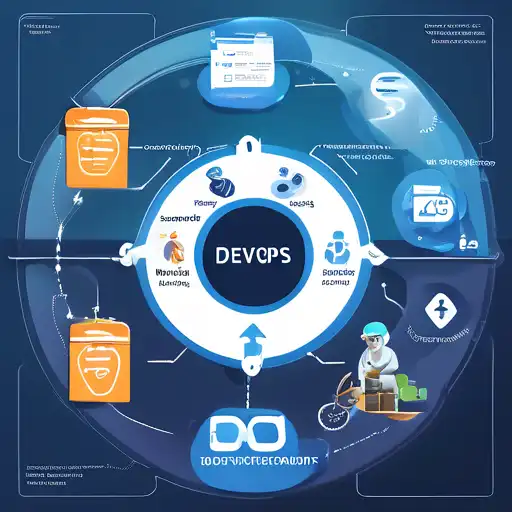Introduction to DevOps in Software Development
DevOps has revolutionized the way software is developed, deployed, and maintained. By bridging the gap between development and operations teams, DevOps practices ensure faster delivery times, improved collaboration, and higher quality products. This article explores how DevOps improves the software development lifecycle (SDLC) and why it's become an essential methodology for modern software projects.
The Core Benefits of DevOps
DevOps brings numerous advantages to the SDLC, including:
- Continuous Integration and Continuous Deployment (CI/CD): Automates the integration and deployment processes, reducing manual errors and speeding up release cycles.
- Improved Collaboration: Breaks down silos between teams, fostering a culture of shared responsibility.
- Enhanced Efficiency: Streamlines workflows through automation, allowing teams to focus on innovation rather than repetitive tasks.
- Greater Reliability: Ensures more stable and reliable releases through continuous testing and monitoring.
How DevOps Transforms the SDLC
DevOps practices transform each phase of the SDLC, from planning to monitoring. Here's how:
- Planning: DevOps encourages agile planning, where requirements and feedback are continuously integrated into the development process.
- Development: Developers can commit code more frequently, thanks to automated testing and integration tools.
- Testing: Automated testing ensures that bugs are caught and fixed early, improving software quality.
- Deployment: CI/CD pipelines automate the deployment process, making releases faster and more reliable.
- Monitoring: Continuous monitoring tools provide real-time feedback on application performance, enabling quick responses to issues.
Implementing DevOps in Your Organization
Adopting DevOps requires a cultural shift as much as it does technical changes. Here are some steps to get started:
- Foster a DevOps Culture: Encourage collaboration and communication between development and operations teams.
- Adopt Automation Tools: Invest in tools that automate testing, integration, and deployment processes.
- Implement Continuous Monitoring: Use monitoring tools to track application performance and user feedback in real-time.
- Start Small: Begin with small, manageable projects to demonstrate the value of DevOps before scaling up.
Conclusion
DevOps is not just a set of tools or practices; it's a culture that promotes efficiency, collaboration, and continuous improvement in the software development lifecycle. By adopting DevOps, organizations can deliver high-quality software faster and more reliably, staying competitive in today's fast-paced digital world. For more insights into optimizing your development processes, explore our guide on CI/CD.
